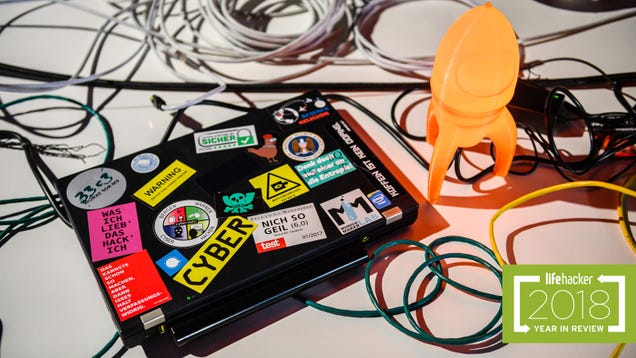
We live in a country where if you have enough money, you can buy your way out of jail while you await trial. This is profoundly unjust to people who don’t have ready cash on hand. Today, for #FreeThePeopleDay, consider donating the cost of one New Year’s Eve cocktail to a bail fund.
Go to Source
Author: Beth Skwarecki









